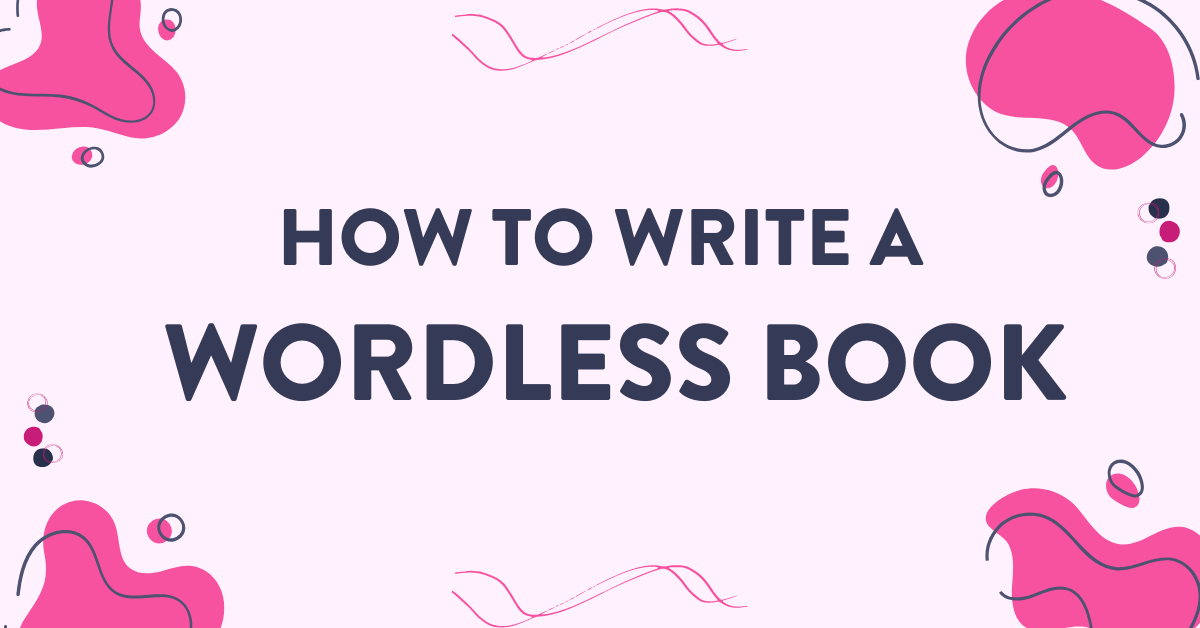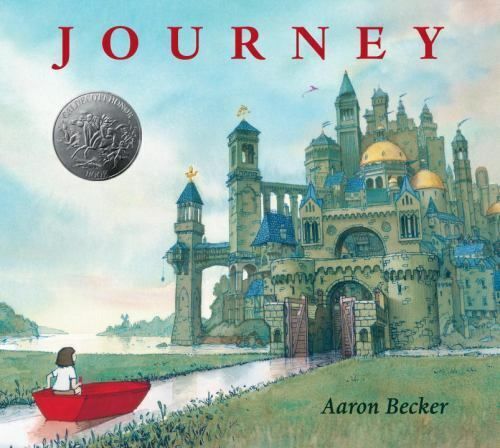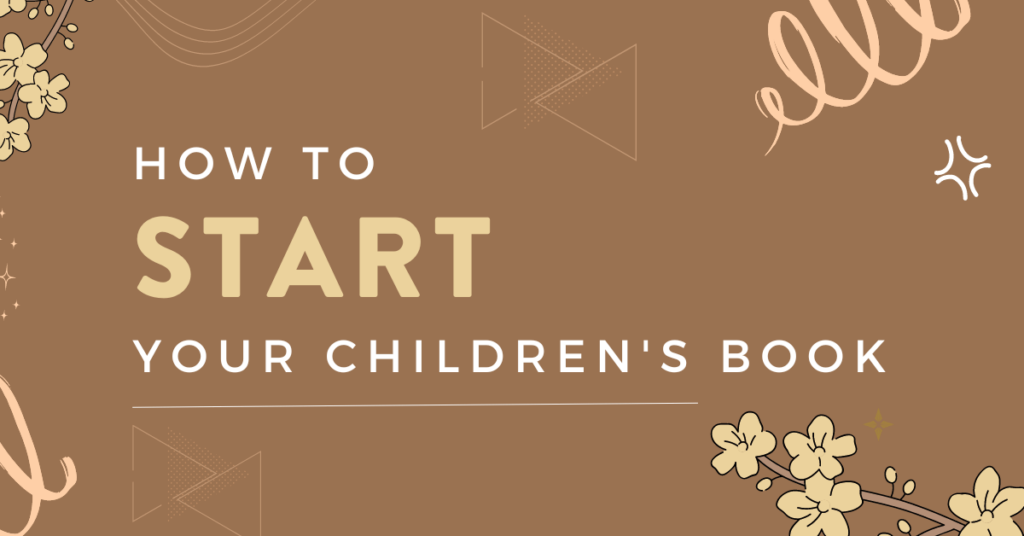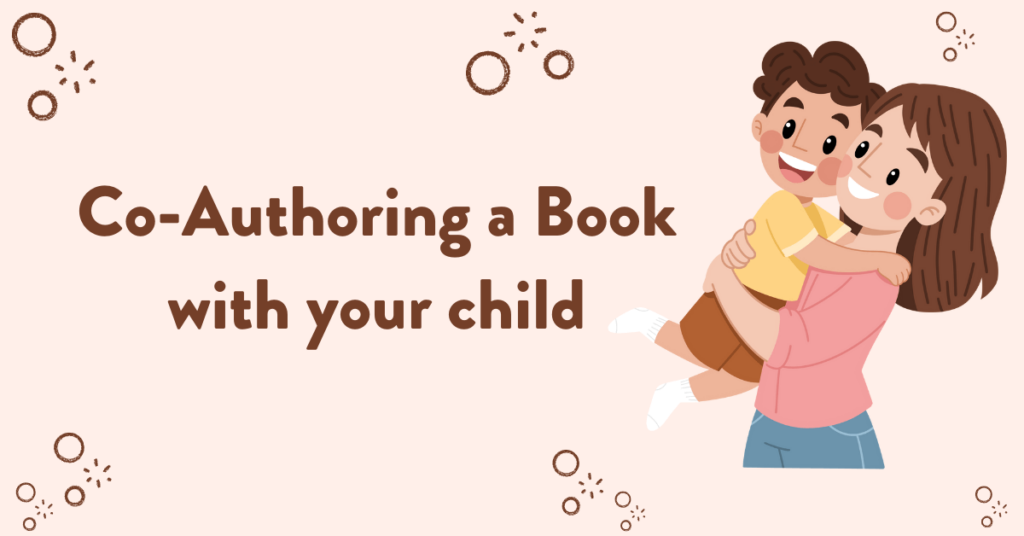
I’ve edited more than a thousand children’s books, but never edited one without any words at all.
This is probably because most beginning writers think textually. They aren’t illustrators, so they tend to emphasize words as conveying the lion’s share of meaning in their story.
However, if you look at published children’s books, there’s an decently sized category of children’s books that are wordless. Even the ones that contain words usually use:
- far fewer words than unpublished books
- have more wordless spreads
So if you’re a writer considering writing children’s book, it’s an excellent exercise to see how much of your book you can write without any words whatsoever. For some stories, you need words. While for other stories, you might not need any words at all.
Books without words are kinda like the silent movies of the kiddo lit world. They rely entirely on images to tell their story, making them a unique challenge (but also a ton of fun) to create.
Before we begin, if you want to write a normal children’s book with words, then look at my guide to how to write a children’s book.
Does Your Story Need Words?
Here are five tests to determine whether your book can be a wordless one.
1. Emotion or Explanation?
Ask yourself: is your story more about evoking a feeling or explaining an idea? Wordless books are brilliant at making readers feel things deeply – whether it’s wonder, empathy, or joy. If your story thrives on explanations, dialogues, or internal thoughts, words might be your best buddies.
2. A Universal Story
If your tale has a universal theme, something that kids from Tokyo to Timbuktu can relate to without needing cultural context, going wordless might be your golden ticket. Wordless books are the Esperanto of the literary world: they break language barriers.
3. Visual Complexity?
Consider how complex your illustrations are. If they’re detailed and nuanced enough to carry the entire narrative, you might not need words. On the flip side, if words can complement and elevate those illustrations, why not have the best of both worlds?
5. The Chatter Factor
Think about the characters in your story. Are they the chatty type? Do they need to communicate specific thoughts, jokes, or insights directly to one another? If your story hinges on dialogue — those witty banters, heart-to-heart convos, or dramatic declarations — then words become indispensable.
Examples of Wordless Books

1. “Flotsam” by David Wiesner
A boy discovers an underwater camera on a beach. When he develops the film, he sees extraordinary scenes of undersea life and distant, fantastical places.
Wiesner has done several wordless books, and he’s a master of the genre (check out his Frogs book).
There are three things you can learn from this book:
- Create Mystery: This book works because it’s based on “mystery.” A boy at the beach finds an underwater camera at the beach, and of course the reader wonders: what’s on this camera? That’s the plot that keeps the reader reading.
- Use Fantasy: The pictures show a magical adventure underseas, with fish with mechanical insides and octopuses reading on a couch. It’s like a fantastical tour, sprinkled with magic.
- Surprise Ending: The end is where he takes a picture of himself, throws the water back in the ocean, and another girl finds the camera.

2. “Journey” by Aaron Becker
This story follows a lonely girl who draws a door on her bedroom wall and enters a world full of magic, danger, and wonder with her red crayon.
Here are three things you can learn from it:
- Start with a problem. The book starts with a girl being bored. Her father won’t play with her, or fly a kite with her.
- Use Magic. She uses a red marker to draw a doorway, and then passes through that door. She draws a rowboat and then sails down the river, into a castle. She draws a hot air balloon and sails through the sky. She draws a magic carpet and flies on it.
- End on Friendship. The end of the book is her meeting a boy, and he has a purple marker, and the reader expects that they will soon go on adventures together.
If you want to learn more about Becker’s process of creating the book, check out this video with the author.

3. “The Snowman” by Raymond Briggs
After a boy builds a snowman in his garden, he’s shocked when it comes to life. They embark on a magical journey, flying over different landscapes before returning home.
- Start with an Exciting Event. A little boy realizes that it’s snowed, and so he takes a snow day. He builds a snowman.
- Write the Magic. The snowman comes alive! And they go on an adventure together. They fly through the snow to big cities.
- End with the Full Circle. This book ends with the boy waking up. Was it all a dream or wasn’t it? And when he wanders outside, he sees that his snowman has melted. So the story begins with a snowman and ends when that snowman has melted.
FAQ
Q: Without words, how do I ensure the story is clear?
A: Visual clarity, sequencing, and consistency in your illustrations are key. Use strong visual cues, emotions, and logical scene transitions. Storyboarding beforehand can help ensure a clear narrative.
Q: How can I engage readers without any text?
A: Rely on captivating, expressive illustrations. Use page turns for suspense and surprise, and weave in patterns or details for readers to discover upon multiple readings.
Q: Are wordless books suitable for all age groups?
A: While they are especially popular for younger children developing language skills, the depth and intricacy of illustrations can engage older readers too. It’s about the story’s complexity and themes.
Q: Can I include sound words or other non-verbal cues?
A: While purist wordless books avoid any text, some include non-verbal sounds (e.g., “Zzz” for sleeping) or symbols (e.g., a musical note for singing). Ensure these additions enhance, rather than dictate, the narrative.
Q: How do I pitch a wordless picture book to a publisher?
A: Create a detailed storyboard or dummy book showcasing the entire narrative. Accompany it with a cover letter explaining your vision, the book’s appeal, and any background or special techniques used in the illustrations.
Q: I’m not an illustrator. Can I still create a wordless book?
A: Absolutely! Many authors collaborate with illustrators. Present your concept clearly, perhaps through a written storyboard, and find an illustrator whose style aligns with your vision.
Q: How long should my wordless picture book be?
A: While there’s no strict rule, many wordless books fall in the standard 26 illustrated page range, allowing for a clear beginning, middle, and end.
Q: Are wordless books marketable?
A: Definitely! Wordless books have won numerous awards and are often praised for their ability to transcend language barriers. They’re a beloved niche in children’s literature.
###
In Conclusion…
Embarking on the journey of creating a wordless children’s book is truly a unique and fulfilling endeavor. These silent tales have a magical way of resonating with readers young and old, across cultures and languages.
If you need a trusted partner to bring your wordless wonders to life, look no further than Bookfox Press!
Whether you’re a first-timer or a seasoned creator, our team is dedicated to ensuring your stories reach their full potential. Ready to dive into our wondrous world of kiddo lit? Let’s craft stories that enchant and inspire.



